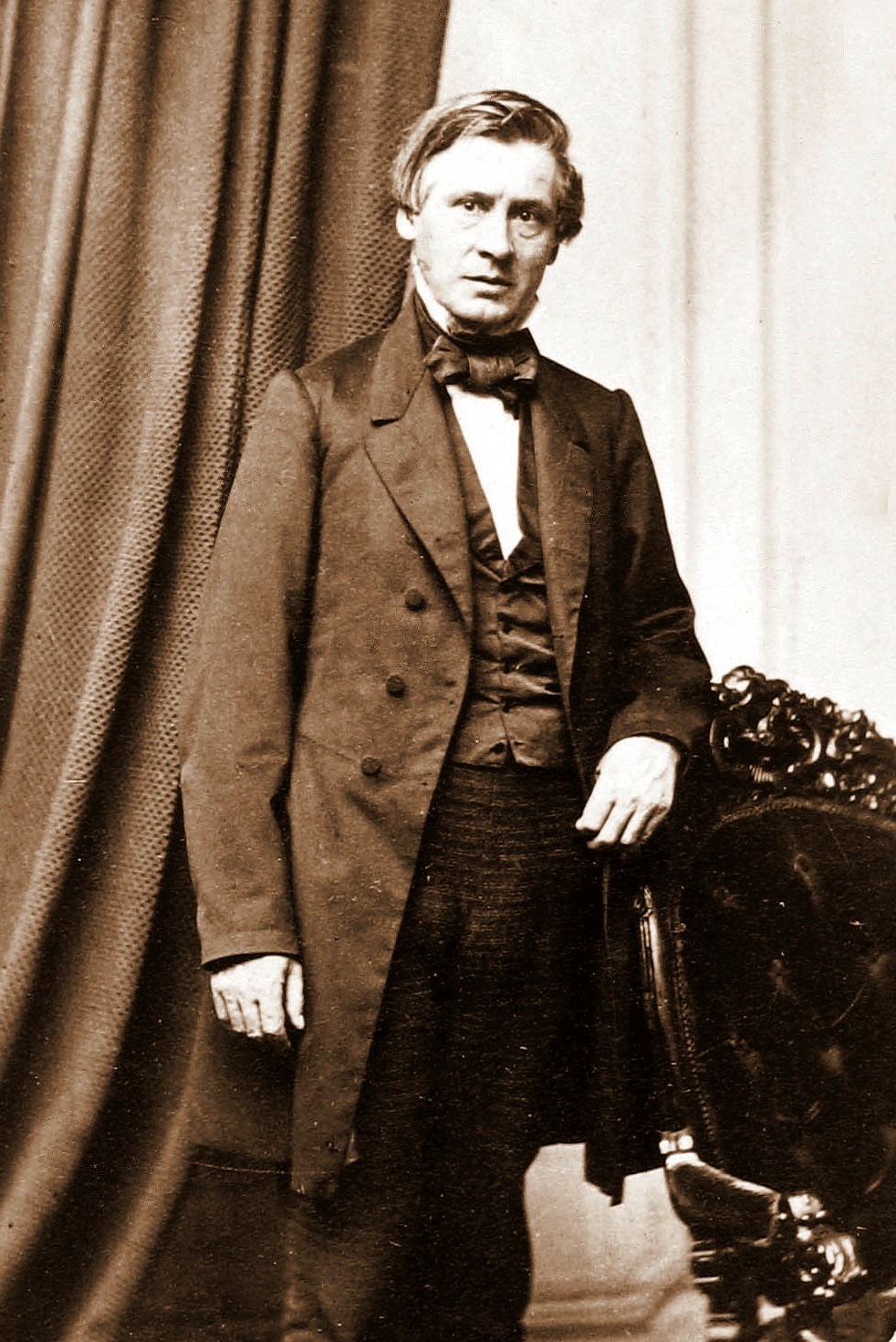Gray, Asa (1810-1888), was the leading authority of his time on plant life in the United States. Gray specialized in the classification and description of plants and gained fame for interpreting the plant life of past geological ages. Gray’s Manual of Botany, which was first published in 1848, helped to increase knowledge of plants growing in the northeastern United States and to popularize botany.

He believed that each plant species originated in one place, and that physical means, such as wind, spread a plant species from its point of origin. In his own studies, Gray found evidence that supported the British naturalist Charles Darwin’s principles of evolution, and he vigorously defended Darwin’s ideas. See Darwin, Charles R.
Gray was born in Sauquoit, New York, on Nov. 18, 1810. He became interested in botany while studying medicine, and spent his spare time roaming the countryside in search of plants. He received his medical degree from Fairfield Medical College in Herkimer County, New York, in 1831 but never practiced. He taught science in Utica, New York, and in 1836, he became curator at the New York Lyceum of Natural History. Two years later, he was appointed professor of natural history at the University of Michigan. In 1842, he became professor of natural history at Harvard University, and stayed there until his death on Jan. 30, 1888. His library and herbarium formed the nucleus of the Harvard University Herbaria, one of the largest and most noted in the world.
